Organ meat supplements are well heard of in today’s health centered media. For many, eating organ meats is off putting, but when packaged in capsules, they are all the rage. So what really are organ meat supplements? And do we really need them? What Are Organ Meat Supplements? Organ meat supplements are dietary supplements made […]
April 7, 2025
Best believe, I am not your typical dietitian. I use realistic and proven strategies to help folks enjoy mealtime again. Learn more about me.
Meet Krystal!
I'm a dietitian helping folks with diabetes, disordered eating, and eating disorders enjoy mealtime again. Do you wake up Monday morning with a big smile on your face because your client told you they didn't feel bad for enjoying some Oreos over the weekend? (Noooo? Just me?) I'm not your typical dietitian. Our Joy Full Nutrition approach uses realistic and proven strategies to help folks enjoy eating again while managing your health goals. Learn more about me.



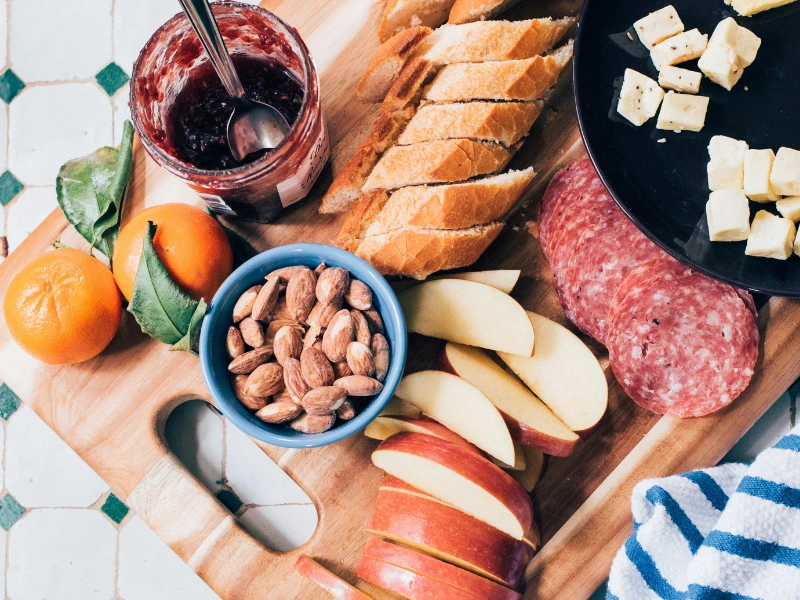

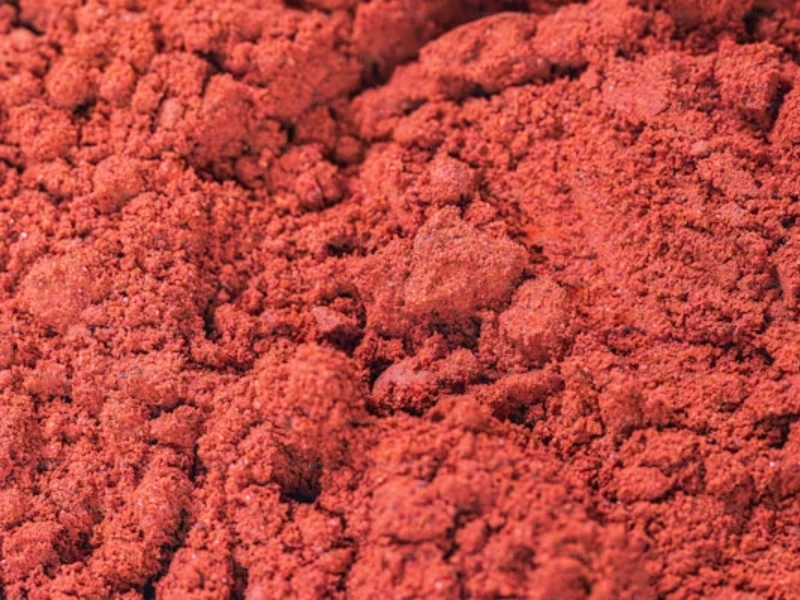



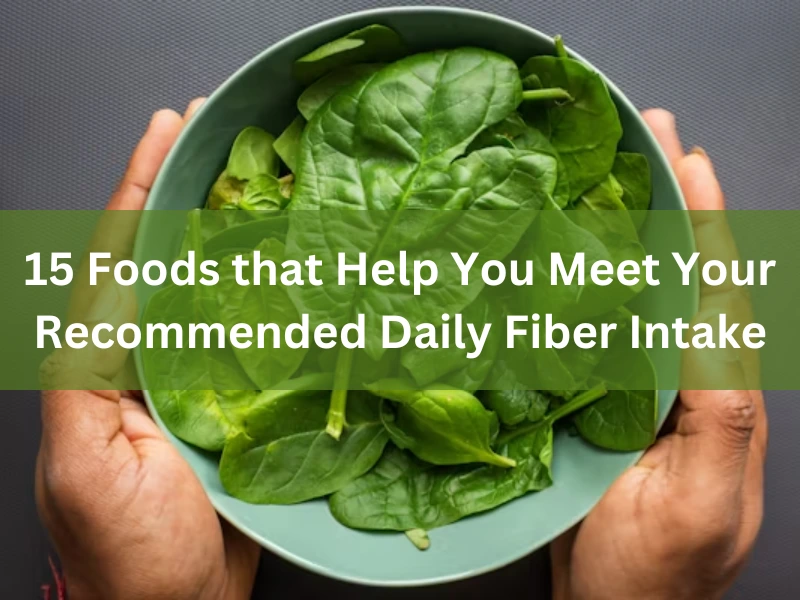
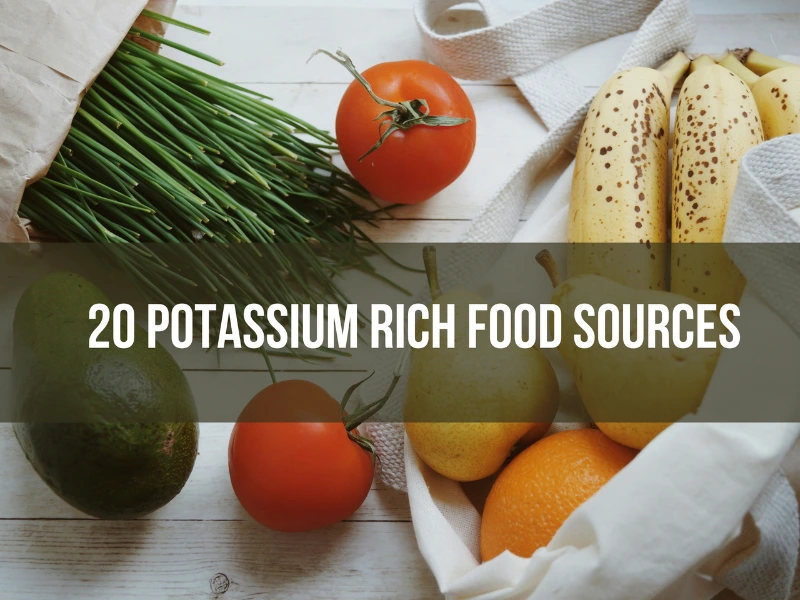
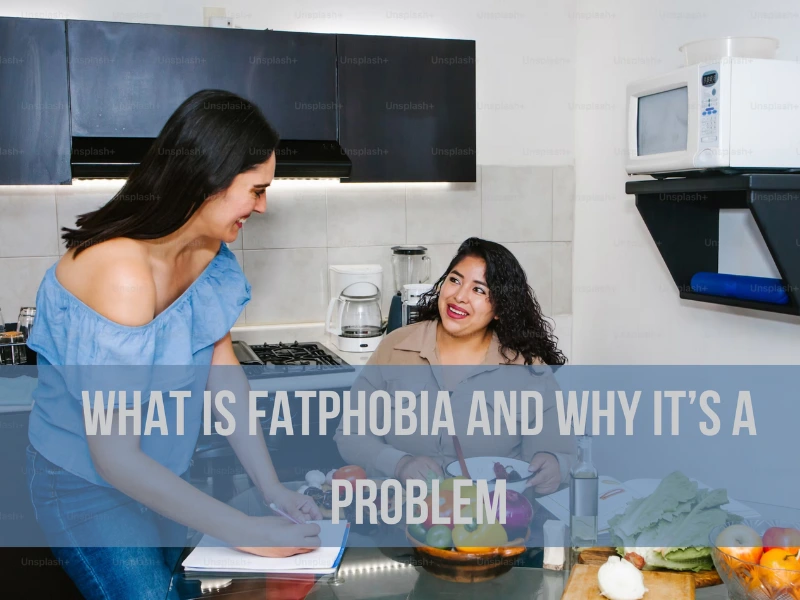
You must be logged in to post a comment.